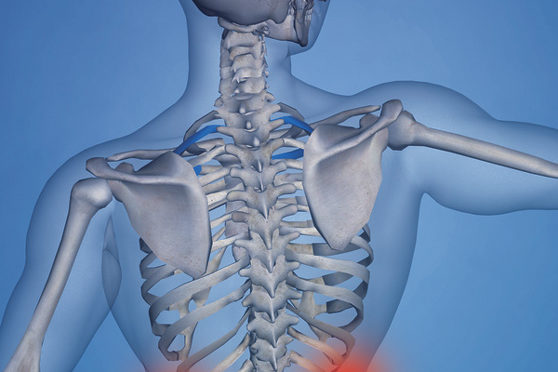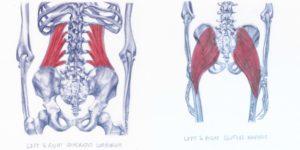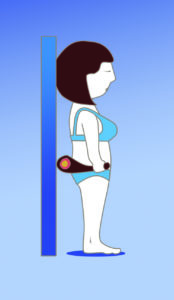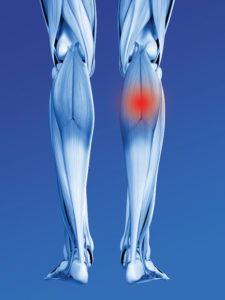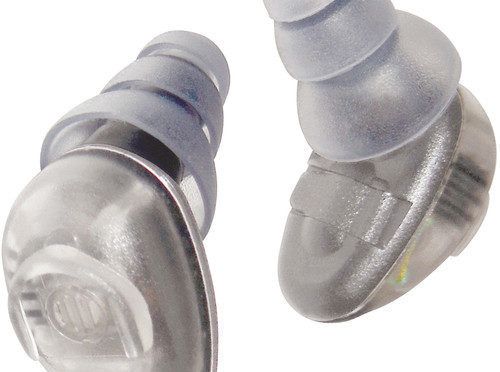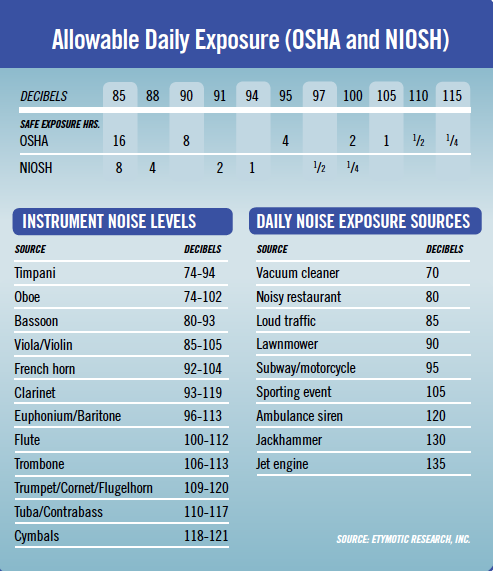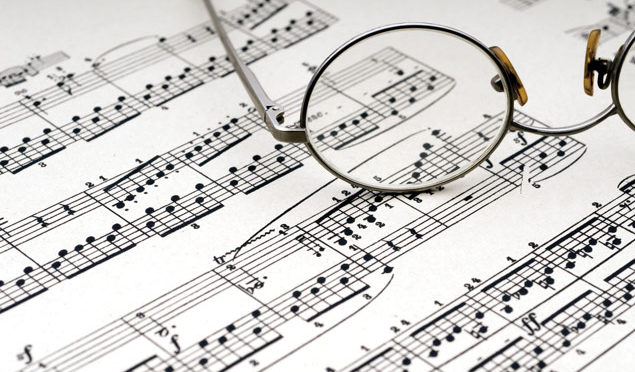 For musicians on the road, eating healthy food can be hard. Restaurants and mini-mart offerings can add unwanted calories quickly, but they are often the only option.
For musicians on the road, eating healthy food can be hard. Restaurants and mini-mart offerings can add unwanted calories quickly, but they are often the only option.
Choose beverages with no added sugar or with few calories. Most stores stock fat-free or low-fat yogurt, fruit packs, and trail mix. Keep in mind that some prepackaged foods look like single servings, but actually contain multiple servings. Avoid obvious bad choices: fried food, high-fat meat, and milk shakes. Instead, choose sandwiches with fewer toppings and no cheese. Opt for salads with low-fat or fat-free dressing, replace French fries with sliced fruit, and swap out fried meats for grilled options or fish.
The good news about health halos is a bit more complicated. Fast food chains use the symbol to indicate a healthier option. This claim, however, usually overestimates the healthfulness of an item. Researchers note that consumers frequently confuse low fat with low calorie, resulting in overconsumption. Some veggie dishes pack nearly 1,000 calories, while a burger may have as few as 250.
According to the Food and Brand lab at Cornell University, “Consumers chose beverages, side dishes, and desserts containing up to 131% more calories when the main dish was positioned as ‘healthy,’ even though the main dish contained more calories than the ‘unhealthy option.’” The rule of thumb is always read the nutrition facts before ordering. (Now that restaurants are adding calorie counts to menus, it’s becoming easier to riddle out how much you will be taking in.)
Other recent studies done by the Food and Brand Lab found that “low-fat” labels on snack foods encouraged people to eat up to 50% more than those who saw labels without the low-fat claim. “Simply seeing the words low-fat encouraged people in these studies to consume 84 extra calories! This happens because when consumers see the low-fat label on a product, they automatically assume it has fewer calories.”
Got a smart phone? Get an app to count calories. The Fast Food Calorie Counter app ($1, for iPhone or Android) lists more than 9,000 menu items. Also, eat small with pint-size portions. The kids’ menu can save you calories. If it’s unavoidable to eat unhealthy at one meal, make sure the next choice is a healthy one.
Dehydration can cause sweet and salty food cravings. Stay hydrated and you will be less likely to snack. Fruits can add to overall hydration: lettuce and some vegetables have high water content, as do watermelon, peaches, strawberries, oranges, pineapple, and blueberries.
Banana, beans, greens
Maximize protein and plant-based foods. Plant-based foods plus plenty of protein keep energy levels up. Generally, avoid refined grains, sugary snacks, and fried foods. Called a super fruit, bananas are high in B vitamins, calcium, and other minerals, such as magnesium and iron. Dark leafy greens, quinoa, nuts, seeds, and fruits, and foods high in probiotics (fermented foods) all boost energy. High-fiber and nutrient-heavy plant foods that will burn for hours. Low-fiber and nutrient-light foods—simple carbohydrates—burn quickly. When you’re eating plant-strong, you won’t have the energy highs and lows.
Kale, mustard greens, collard greens, cabbage, and broccoli are high in nutrients and contain glucosinolates, which inhibit the growth of certain cancers. Swiss chard and spinach have similar nutritional value. What’s more, they are available throughout the year, and both are rich in iron, which carries oxygen to the blood.
Egg, salmon, almonds
Nuts are satisfying proteins that fill you up, although try to find the “no salt” option. They have heart-healthy unsaturated fats and omega-3 fatty acids, vitamin E, and fiber.
Eggs pack a punch, too. More than half the protein is found in the egg white, along with vitamin B2, and whites are lower in fat and cholesterol than the yolk. Egg whites are also rich sources of selenium, vitamin D, B6, B12, and minerals, like zinc, iron, and copper.
If you like it, fish is one of the healthiest foods you can eat. Like nuts, it is plentiful in omega-3 fatty acids and the vitamin D, a nutrient that most people are deficient in. It functions like a steroid hormone in the body. (Of the many unhealthy options at a McDonalds, the Filet-O-Fish contains a rather modest 380 calories.)





